With the integration of On-Device Encryption in Google Password Manager, it provides a practical way to manage passwords. Google offers a robust tool called On-Device Encryption to strengthen the security of your passwords saved in your password manager. By encrypting your passwords directly on your device, this function adds an extra degree of security and guarantees that they stay private.
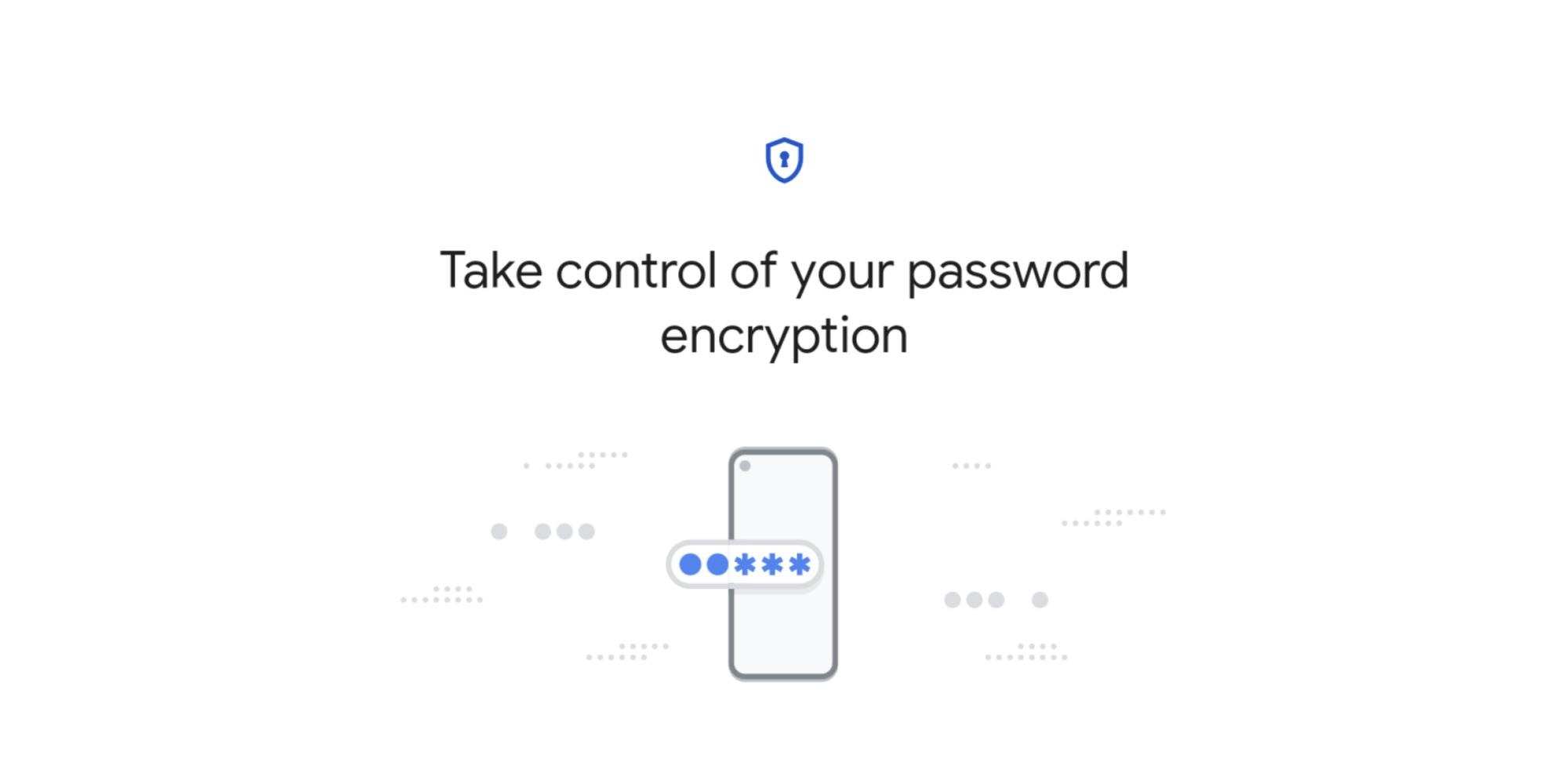
We’ll walk you through the process of turning on On-Device Encryption in Google Password Manager in this in-depth tutorial.
Contents
What is On-Device Encryption?
Before you delve into the configuration procedure, let us clarify the meaning of On-Device Encryption. Digital Information can be mixed up without the right key by using an encryption technique.
Your passwords are usually kept in your Google account after basic encryption when you use Google Password Manager. They are standard encryption that stores the key in your Google account and relies on Google to protect it.
A more secure method is used by On-Device Encryption, which encrypts your passwords on your device before storing them in Google Password Manager.
Since you are the only one with the encryption key in this case, further protection is ensured.
Pros and Cons
Even though On-Device Encryption makes your passwords more secure, you should consider both its advantages and disadvantages. The main benefit is that your passwords are almost hard for anybody to access without your permission, including Google. Only you have the key which is the encryption key so that only you can view the files. On the other hand, you cannot access your passwords if you misplace the encryption key. Better security comes with a price, and that price is having to keep your encryption key secure.
Enable On-Device Encryption
To enable On-Device Encryption in Google Password Manager, follow these simple steps:
- Launch Chrome on your PC To gain access to Google Account Settings. Below the close button of Chrome, click on the three dots menu.
- The next move is to navigate to the ‘Settings’ menu. Go to Settings for your Google Account
- Go to the “You and Google” tab at the top.
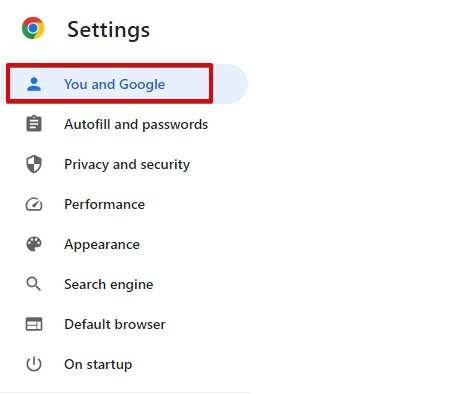
- After that, select the “Manage your Google account” option.
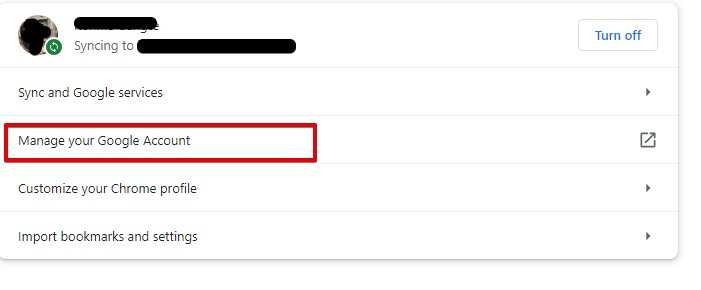
- Select ‘Security’ from the left navigation menu on the newly opened tab.
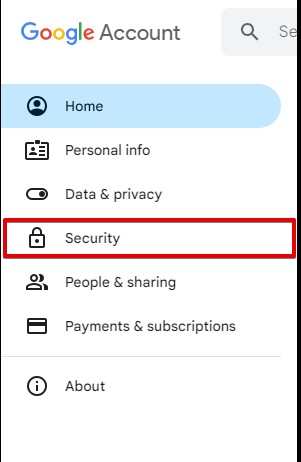
- Scroll towards the ‘Signing in to other sites’ area on the right pane, then enter the option for Password Manager.
- Upon accessing the password manager screen, click the ‘Settings’ icon.
- Now you have to start the On-Device Encryption Setup. You do that by clicking on “Set Up” under “On-Device Encryption.”
- Press ‘Next’ to continue with the configuration.
- To confirm your identity, enter the password for your Google account. Press “Next.”
- Press ‘Set up’ to activate On-Device Encryption. Please note that once activated, there is no way to disable this function.
- Google will need a few seconds to modify the encryption type When finished, you’ll be able to unlock your passwords with your mobile acting as a key.
- Select ‘Done’ to get back to the settings.
Once On-Device Encryption is activated, Password Checkup will not be automatically launched by Google.
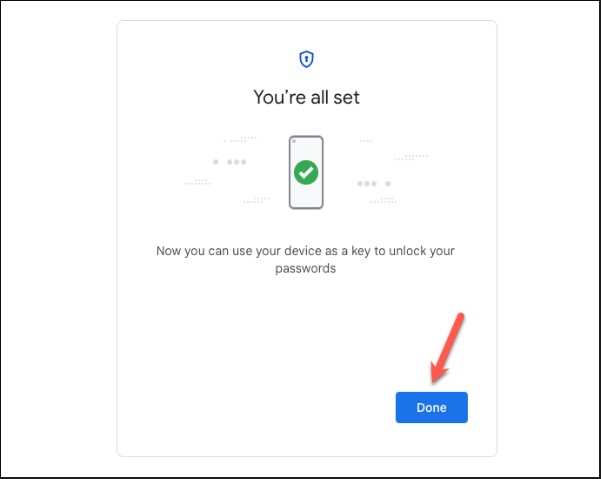
To determine the security of your passwords, you must manually run Password Checkup. You might not get an automated login after turning on On-Device Encryption on some websites.
Password Availability on Other Devices
Whether passwords will be accessible on devices other than the one used to activate encryption is a common doubt for many. All your encrypted passwords are accessible on devices where your Google account is signed in. All you have to do to get access to them is type in your device’s screen lock password or your Google account password.
Conclusion
Even if you enable encryption on your device, you should also add password recovery. As a result, your Google account will keep your saved passwords. In case you forget your password or want to sign in to a new device, you can easily get back your account. If you change your password, immediately update the password to your password manager.
Google adds a security guard in the name of on-device encryption. It is easy to use if you are familiar with Google Password Manager. This encryption system keeps Google’s and its users’ integrity intact.



